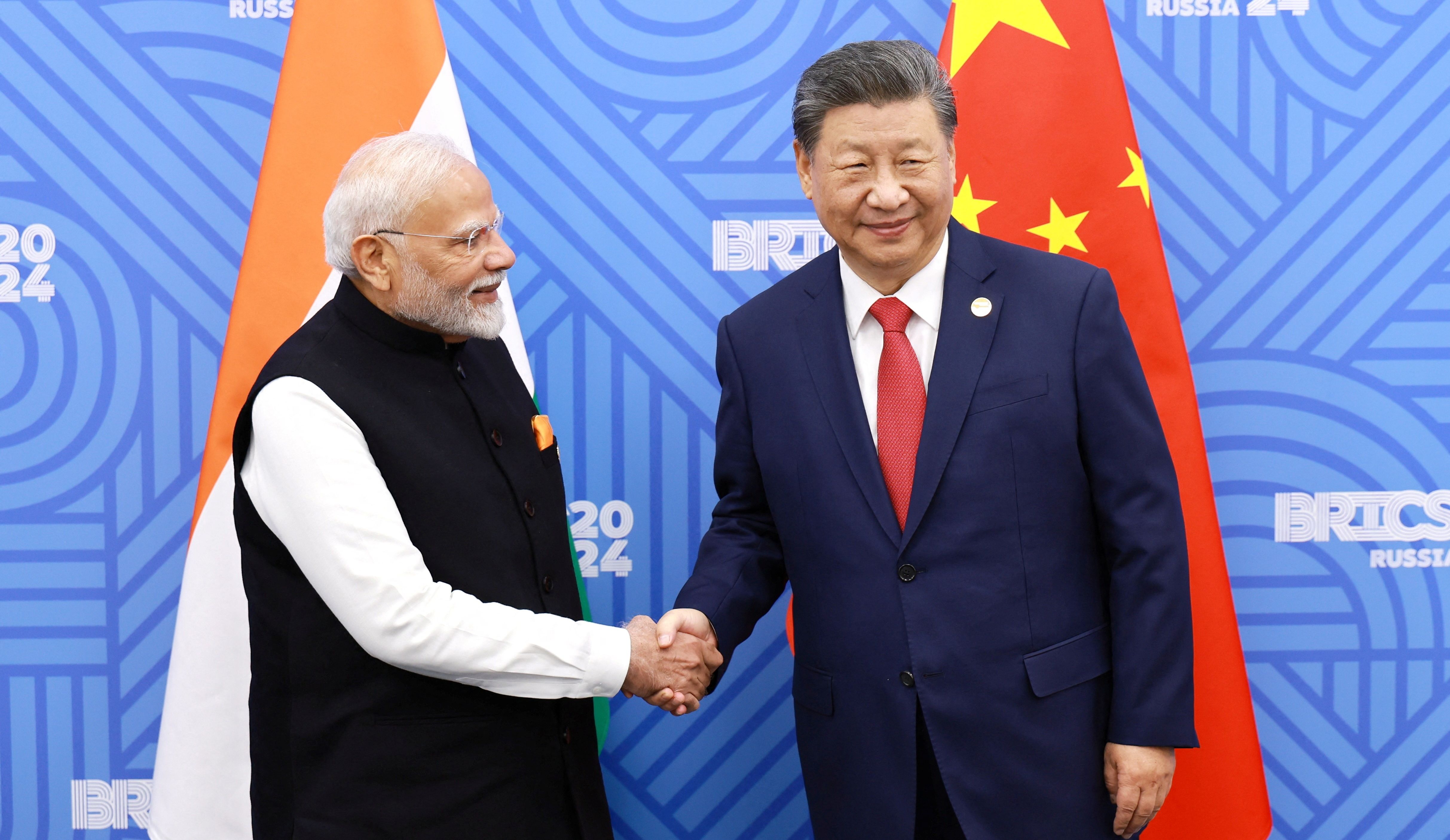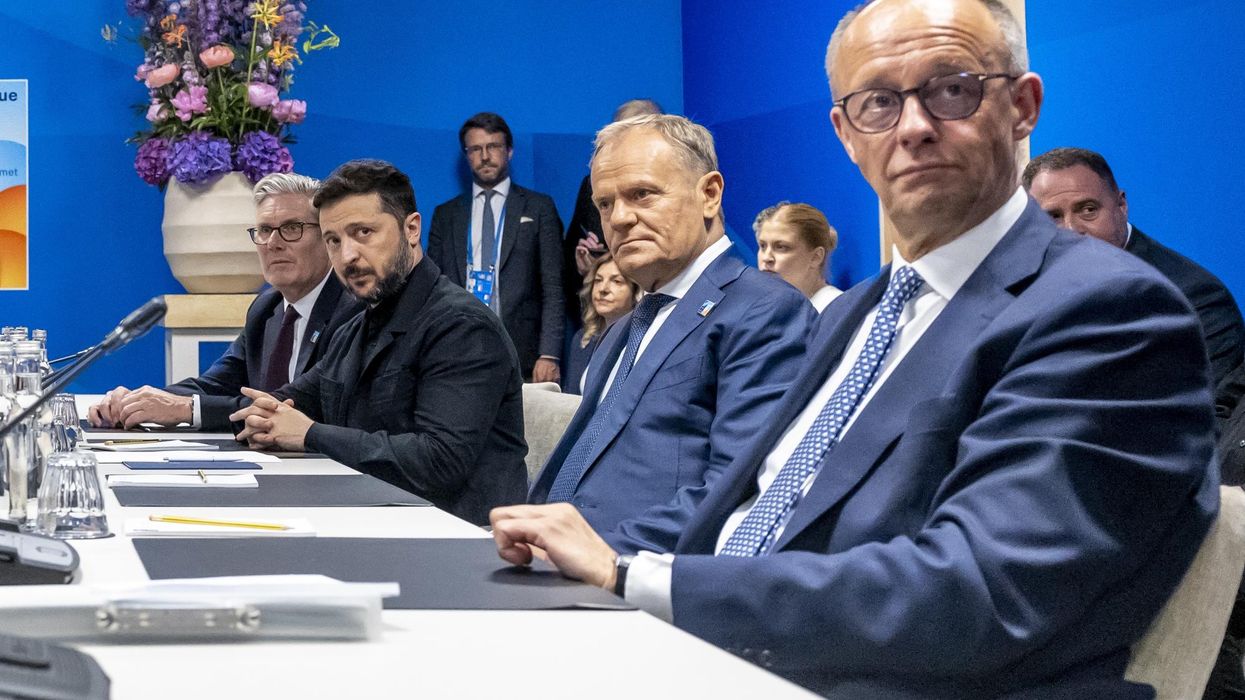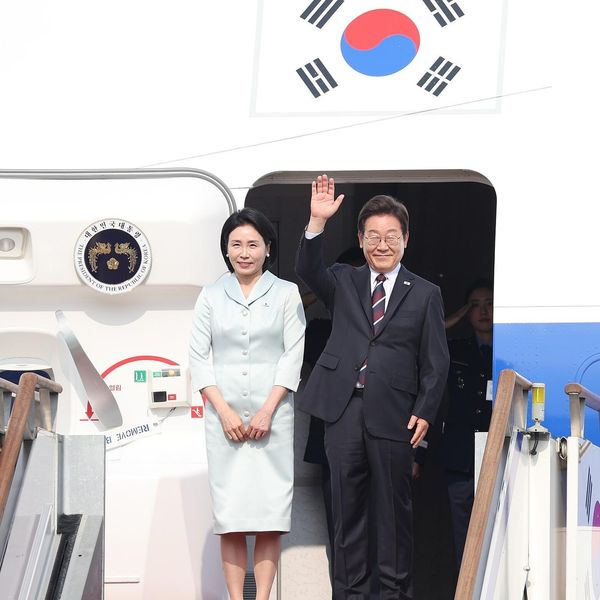A series of events last month underscored the Indo-Pacific’s shift toward a balance shaped increasingly by the actions and priorities of regional states rather than Western intervention led by the United States.
This shift reflects both Asia's internal dynamics and Western miscalculations, which have collectively accelerated the transition.
In mid-October, China and India agreed to disengage their militaries and restore patrolling rights along the disputed Line of Actual Control (LAC). This move, significant for both regional stability and strategic reallocation, presents an opportunity for Beijing and New Delhi to improve bilateral relations and focus military resources on other priorities — such as China’s interest in Taiwan.
For years, tensions along the LAC have been a defining feature of Asia’s strategic environment. Any improvement in relations between these two major Asian powers signals a profound shift, with potential ripple effects across regional security, economic partnerships, and diplomatic alliances.
Closer cooperation between China and India could pave the way for a coordinated effort to reshape Asia’s regional order, aligned more closely with the interests, values, and priorities of Asian states. Both nations share a vision of foreign policy that emphasizes autonomy from Western agendas, and a China-India détente could foster stronger policy alignment among the Global South.
This trend was evident at the 16th annual BRICS summit in Kazan, Russia, on October 22, where representatives from countries like Brazil, Indonesia, Iran, Saudi Arabia, South Africa, and Turkey gathered to discuss the need for a new world order. The summit, which hosted 36 state representatives — the largest BRICS gathering to date — underscored the growing consensus among developing nations on issues like multilateralism, international financial reform, and collective autonomy from Western influence.
Russia’s successful hosting of the event further highlighted the limits of Western-led efforts to isolate Moscow and showcased the willingness of large developing economies to collaborate in reducing the West’s influence on global governance.
A significant step toward this strategic realignment came as China’s President Xi Jinping and India’s Prime Minister Narendra Modi used the BRICS platform to pledge further rapprochement, signaling a deepening partnership that challenges Western assumptions about regional alignments. This evolving partnership within BRICS could signify a broader trend of strategic cooperation, where Asian powers prioritize regional stability and economic integration over the security-driven approaches favored by Euro-Atlantic nations.
Adding to this trend, North Korea began deploying troops to Russia in early October, marking an unprecedented intervention in a European conflict involving NATO. Some North Korean troops reportedly reached the frontline in the Kursk region, escalating the Ukraine conflict and highlighting the erosion of U.S. influence over its adversaries.
This collaboration between North Korea and Russia has significant strategic implications for the U.S., as two of its foremost adversaries now have formalized military ties and are operationalizing their collaboration in opposition to Washington’s security interests. Within Asia, North Korean forces also destroyed key roads connecting North and South Korea, further intensifying the region’s security risks, especially for South Korea and Japan — two of the U.S.’s critical military allies in Northeast Asia.
Early October also saw China conduct a large-scale military exercise around Taiwan in response to a National Day speech by Taiwanese President Lai Ching-te, which Beijing deemed inflammatory. The exercise, Joint Sword 2024B, involved the People’s Liberation Army Navy, Air Force, Rocket Force, and China Coast Guard, demonstrating China’s capability to blockade Taiwan — a move Taiwan's leaders called an “act of war.”
On October 23, China conducted live-fire drills in the Taiwan Strait, warning Taiwan and its Western partners against steps toward de facto independence. While Taiwan's leadership described these drills as routine, the context of heightened regional tensions and recent Western naval transits through the Strait by Canada and the U.S. suggests a rapidly deteriorating security situation.
In Japan, newly elected Prime Minister Shigeru Ishiba has repeatedly advocated for revising the Japan-U.S. Forces Agreement, suggesting a push for Japan to develop its own military strategy. He proposed the establishment of Japanese bases in Guam and a “nuclear sharing” agreement with the U.S., arguing that the current arrangement is “unequal” and emphasizing Japan’s need for security autonomy.
This stance, while technically in favor of deepening U.S.-Japan military cooperation, also reflects a growing desire for greater agency in Japan’s defense policies. Washington has expressed concern over Ishiba’s vision, as it raises questions about the long-standing dependency model that has underpinned the U.S.-Japan alliance. Adding to U.S. unease is the Liberal Democratic Party’s (LDP) stunning election loss in late October, which has introduced a period of political instability in Japan. This instability may weaken Ishiba’s ability to effectively manage the U.S.-Japan alliance and secure necessary defense funding, especially given the LDP’s new minority position.
Southeast Asian states also demonstrated their push for greater autonomy at the 44th Annual ASEAN Summit in Laos, where leaders prioritized economic integration and regional cooperation over defense concerns. Topics such as digital trade, supply chain management, sustainable agriculture, and environmental protection took precedence, highlighting a pragmatic approach to regional growth. Only the Philippines prioritized the discussion of South China Sea tensions, setting its foreign policy apart from other ASEAN states, which appear to prefer detachment from contentious security issues.
This series of events in October represents more than isolated incidents; collectively, they illustrate a structural realignment within Asia. The region is moving away from a paradigm where Euro-Atlantic nations drive security policies, evolving into a complex network of relationships less dependent on Western influence. Increasingly, the paths for countries throughout Asia are being defined by their own strategic calculations, which often conflict with the West's Indo-Pacific agendas. The West now faces a more challenging environment, where involvement in regional security comes with higher risks, exemplified by North Korea’s European engagement and Japan’s shift toward defense independence.
Asia’s transformation is propelled by the agency of regional powers and the Global South’s willingness to counterbalance Western dominance. However, Western miscalculations have also expedited this shift. For example, Western powers have built their Indo-Pacific strategies on the assumption that India would remain a reliable partner in counterbalancing China. Countries like the U.S., UK, Australia, and others saw India as a stable anchor with a steadfastly adversarial stance toward Beijing. But India’s actions this October, including its rebuffed attempt to reconcile with Canada after accusations of extraterritorial actions, reveal a more nuanced and independent approach to its foreign relations.
The U.S. narrative around the Quad, presented in the Wilmington Declaration as a “club of democracies” committed to an inclusive Indo-Pacific, also faces challenges. India’s actions, including its ties with Russia and domestic policies, contrast with the Western ideal of a democratic counterweight to China. While Washington has largely overlooked these inconsistencies to maintain alignment, India’s pursuit of its own strategic interests complicates the U.S. position.
In light of October’s developments, the West must reconsider its approach in Asia. The U.S.-led Indo-Pacific strategies that aim to counter Chinese influence may be misaligned with the region’s realities. The ASEAN and BRICS summits demonstrated Asia’s preference for cooperation with China, challenging the U.S. expectation that regional states would embrace a containment strategy. China’s leadership role in these forums indicates its ascension as the predominant strategic power in Asia.
Looking forward, Western powers need to adapt their strategies to align more closely with Asia’s evolving priorities. A more collaborative model that respects regional autonomy would help preserve Western influence. As Asia asserts itself, the West’s continued reliance on containment and alignment may risk marginalizing its role in a region increasingly defined by endogenous dynamics and mutual interests among regional powers.

















